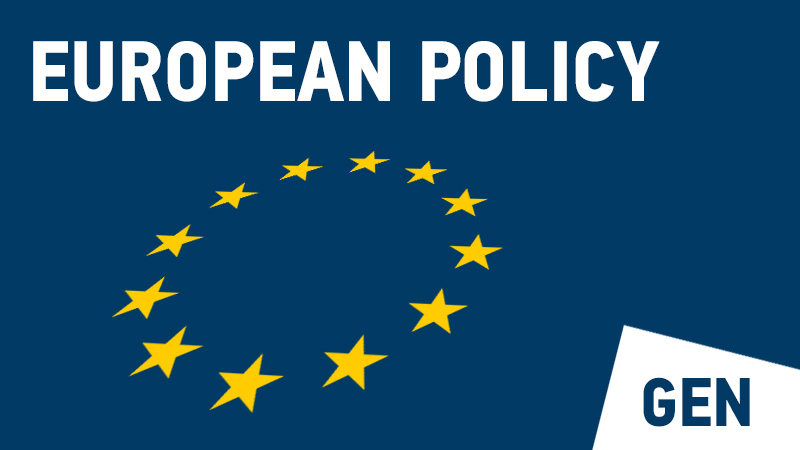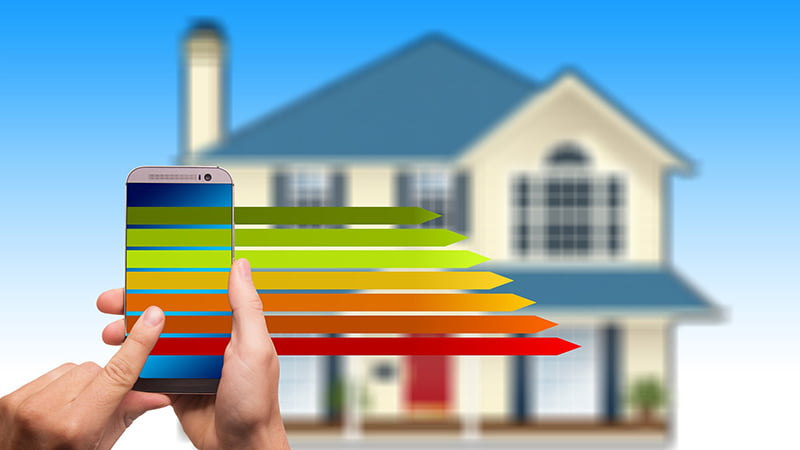GEN – 1459.00. On 23 January 2023, the European Central Bank (ECB) published a working paper calling for more synergy between the EU Emissions Trading System (EU ETS) and the new Carbon Border Adjustment Mechanism (CBAM).
Background
The EU is revising its emissions trading system (ETS) and plans to impose a carbon border adjustment mechanism (CBAM) on imports. The European Central Bank evaluated the efficacy of the ETS retrospectively and its anti-competitive effects.
Major findings
The European Central Bank found that:
- The EU ETS has contributed to cutting greenhouse gas emissions in the EU by 2 to 2.5 percentage points per year through costlier emissions and more stringent caps.Â
- However, some carbon leakages occurred as declining emissions in regulated industries were offset by intensification elsewhere.Â
- Outsourcing of production to other countries or industries helps companies to avoid the payment of EU ETS allowances. This also becomes increasingly tempting as coverage of the EU ETS is extended to new industries.Â
ECB Proposal
To mitigate carbon leakage, the European Central Bank argues for a careful joint design of the EU ETS and CBAM. This would help to avoid a scenario where the CBAM is applied only to a restricted list of imports, putting the EU at a greater risk of carbon leakages without reducing global emissions.
Related documents and links
All related documents and articles can be found in the respective sections in the right sidebar.
- GEN – 1459.01 – European Central Bank benefits and costs of the ETS in the EU
- GEN – 1450.00 – Deal reached in trilogue on a more ambitious Emissions Trading System – ETS
- GEN – 1357.00 – CBAM






